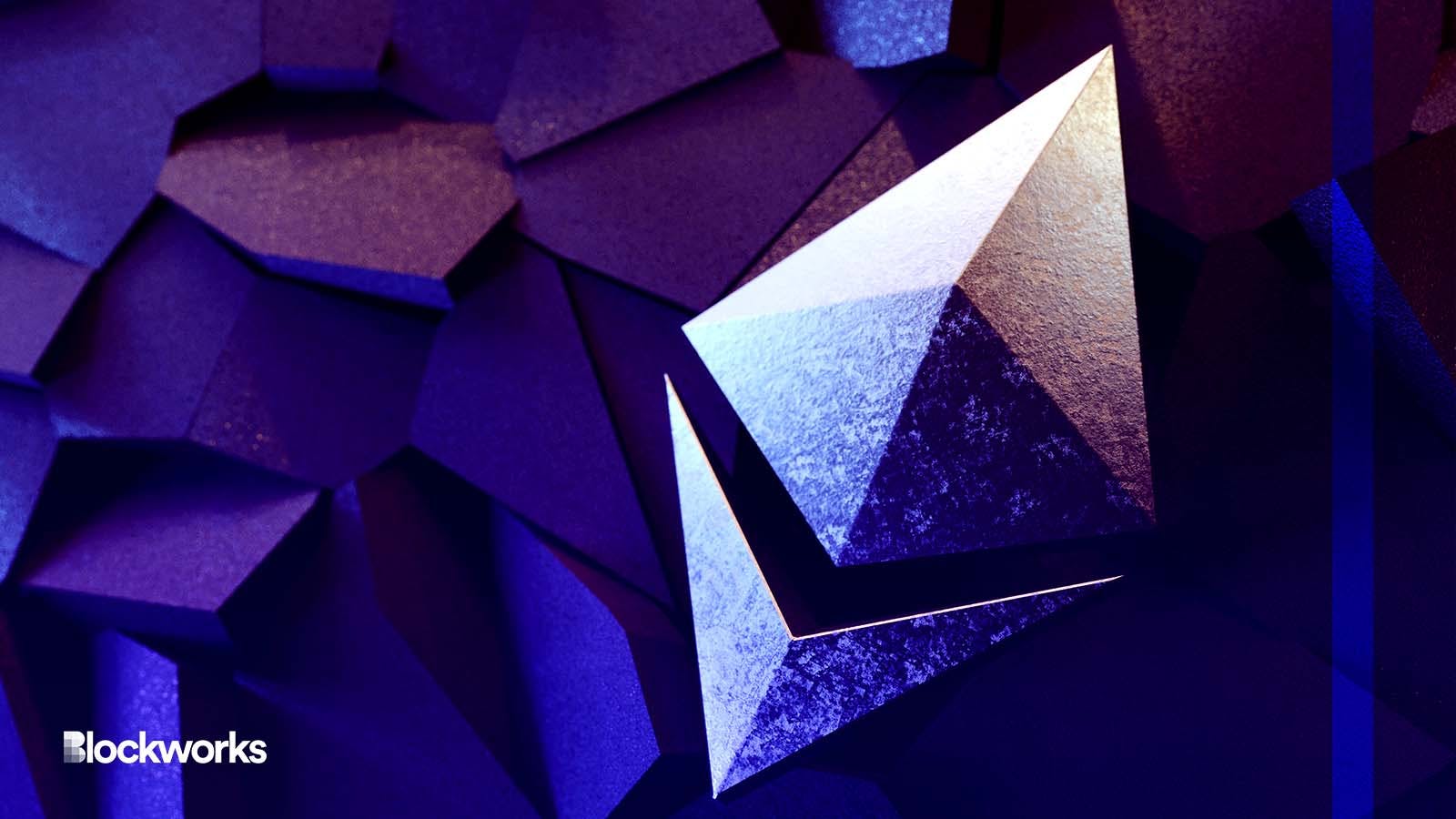A Liquid Price Market for Goerli ETH Puts Pressure on Developers
Testnet tokens are designed to have no “real-world” value, but token holders are causing trouble for developers

Vector-3D/Shutterstock.com modified by Blockworks
As a liquid price market emerges on Goerli, developers testing the testnet may have to pay taxes on their so-called profits.
The Goerli testnet is a popular proof-of-authority, cross-client network. A separate entity from the Ethereum ledger, the testnet is commonly used to run tests on applications before their mainnet launch.
Goerli features cross-chain compatibility, meaning traders can send tokens from other chains to it.
The number of developers active on Goerli has grown substantially. Under that context, Doug Colkitt, the founder of CrocSwap, tweeted that there’s now a “liquid priced market” at play. The result: Any “Goerli ETH you get from a faucet” now counts as taxable income.
A crypto faucet — which is essential for blockchain testing — is used to distribute tokens, which are meant to have no real-world value. They are, rather, designed for developers to test features without spending real money.
But as the total supply of GoETH is limited, individual wallets have begun hoarding GoETH — making it more difficult for developers to test dapps on Goerli.
The dilemma has been an ongoing issue for developers on Ethereum’s Goerli testnet, and ongoing discussions around its potential resolution have taken off within the Ethereum community.
“There will always be people that hoard these funds for personal satisfaction or whatever reason they may think of,” a user going by the pseudonym pk910 noted in the forum. “The current situation on goerli actually introduced a financial benefit for those who hoarded goerli funds earlier. So I’d expect more people are hoarding funds in future testnets as it could happen again.”
Al Luken, developer education and experience lead at Alchemy, told Blockworks that “the shortage of Goerli ETH in circulation is an ongoing challenge for developers building on Ethereum and Layer 2 blockchains that use Goerli including Arbitrum and Optimism.”
“As a Goerli faucet provider, we believe Goerli ETH should remain accessible to developers for free,” Luken said.
“Having a liquid-priced market for Goerli also incentivizes the wrong behavior…which comes at a cost to developers,” Luken said. “For example, bots exploiting Goerli faucets now have a direct path to financial profit, and removes free test ETH from circulation that is meant for web3 developers.”
There’s a solution in the works, according to Luken, to alleviate Goerli’s issues at hand — while ensuring Goerli remains a public good.
Get the news in your inbox. Explore Blockworks newsletters:
- The Breakdown: Decoding crypto and the markets. Daily.
- 0xResearch: Alpha in your inbox. Think like an analyst.






